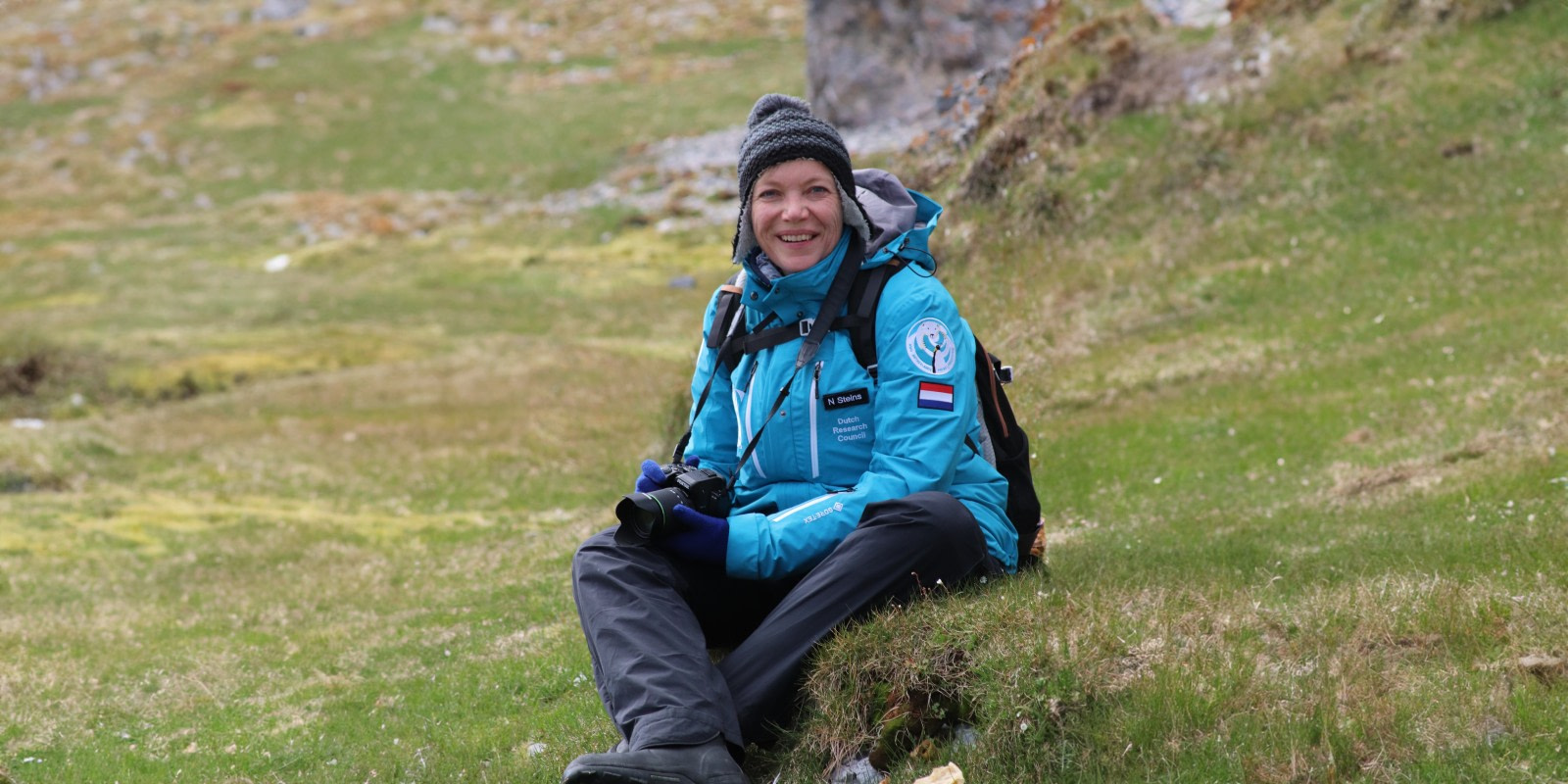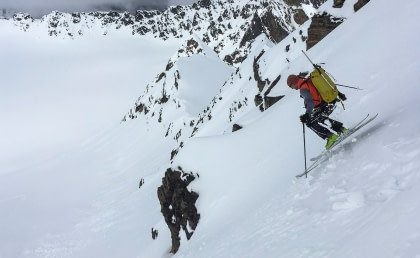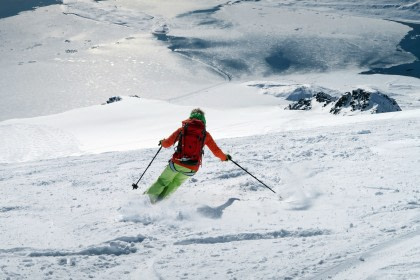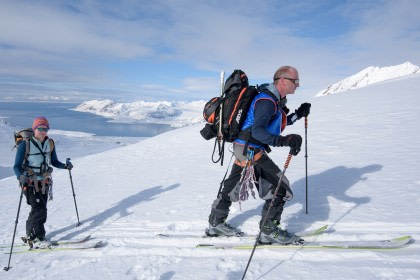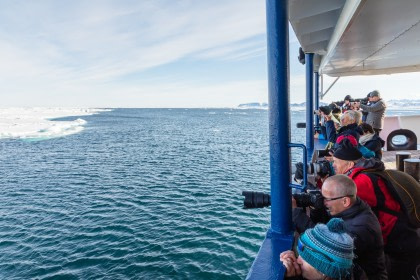SEES, sustainability, and Dr. Nathalie Steins
We like to think that guests who join us to the polar regions return as environmental advocates, inspired by their time in the Arctic or Antarctica to make choices that better enable the long-term health of the planet.
In reality, however, this is not always the case. And even if it were, the argument can be made that any advocacy achieved by visiting the polar regions doesn’t offset the environmental impact of that visitation. The counterargument to this, of course, is that raising awareness about our planet’s most vulnerable areas might not happen at all if people are forbidden from seeing them firsthand.
This seemingly irreconcilable paradox lies at the heart of recent studies by people like Nathalie Steins, a social scientist at Wageningen Marine Research, who in July 2022 joined SEES (Science Expedition Edgeøya Svalbard), a collaborative expedition of tourists and scientists. Her work on the expedition was two-fold: first, study how the collaboration worked between scientists and tourists; second, examine how or if polar tourism can become more sustainable.
We joined Nathalie for a fascinating conversation about her research, what she took from it, and why she chose the polar regions for her own area of research.
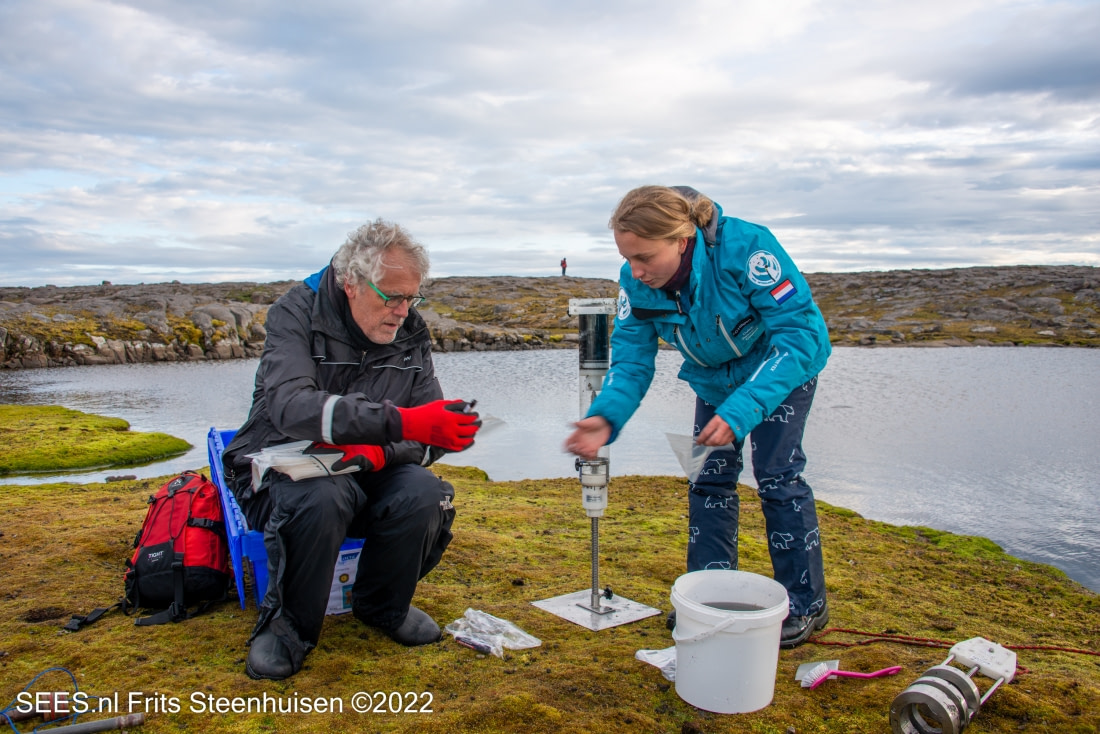
Picture by Frits Steenhuisen
How did your project on sustainable polar tourism come about?
All the social scientists on board SEES had their separate projects, but we thought it would also be nice to do something together. Since the whole SEES expedition was about climate change, we came up with a workshop that investigated how people experience the polar environment and what it means to visit it. We also wanted to know how people viewed the ships and their impact.
The guide team and Jan Belgers, the expedition leader, supported this workshop and were very interested in how polar travel could be made more sustainable. Since SEES involved a more even balance of guests and scientists than most polar voyages, we were able to get a lot of feedback from both groups. There were many varying opinions and perceptions over a range of topics, everything from our carbon emissions to the necessity of two hot meals per day for passengers.
There were a few commonalities, like the perception that large vessels are the “bad ones.” But this is debatable and has yet to be verified. Large ships might actually have less carbon footprint per capita, since they give more people the experience at one time and tend not to focus on landings. Some people wondered if we should be going to the Arctic and Antarctic at all, regardless of the vessel.
That seems to be the most interesting irony at the heart of your study. Visiting the polar regions impacts them, but by visiting them we raise awareness about their vulnerability. At least, that’s the sales pitch.
Exactly, and not everyone agrees with it. We haven’t studied that and do not know if the evidence bears it out. This is not an answered questioned, it’s a matter of ongoing debate and research. Obviously the tour operators and associations of tour operators have their story. Both in the Arctic and Antarctica, they say tourism helps because everyone who goes becomes a polar advocate.
This claim suits their interests, but it has never been researched. There is now a project starting in Antarctica that a few universities in the Netherlands are working on, and it directly investigates this claim that these cruises lead to environmental advocacy. One of the SEES organizers, Annette Scheepstra, is working on this with Linda Steg, one of the researchers on board. They are going to follow people during their trips and see what happens afterward. Linda even carried out a pilot study during SEES to see if her methodology for this study worked.
I think some tourists do become ambassadors, but then the question becomes: what is ambassadorship? Is it talking to your friends, becoming an active advocate in the fight against climate change, or is it just something you say you are without any activism whatsoever?
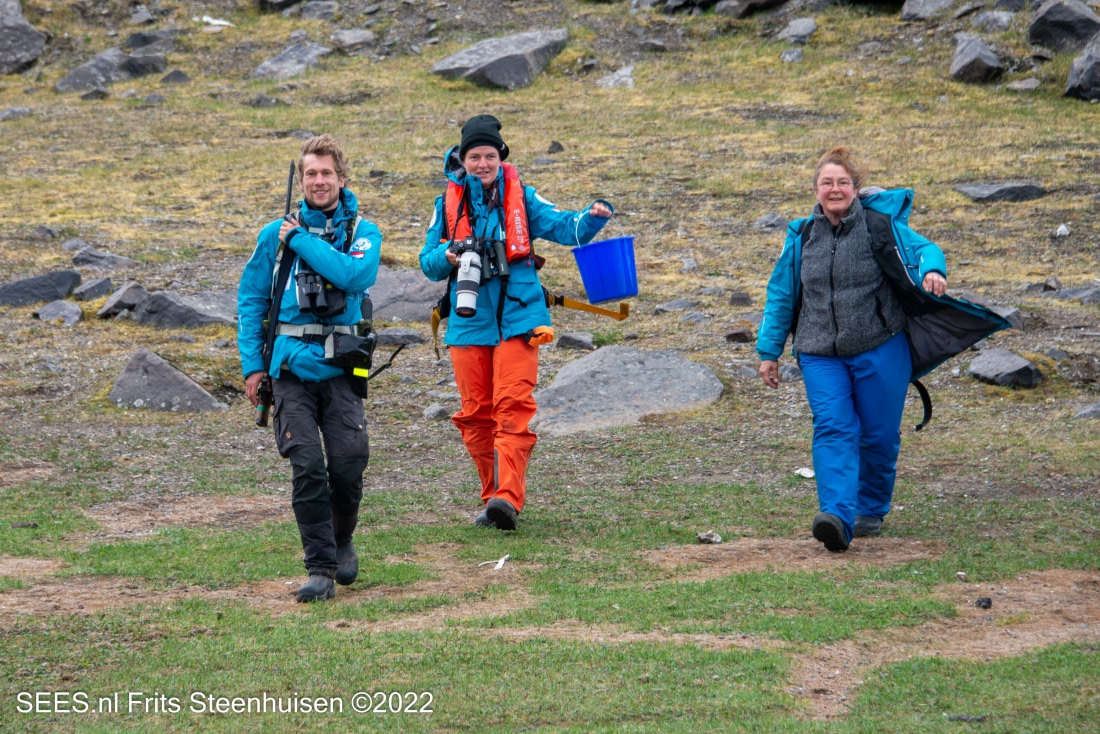
Picture by Frits Steenhuisen
An ego enhancer, an update to your social media account.
Right, because if you’re really an ambassador for Antarctica or the Arctic, probably the best thing would be to try to stop these trips entirely. That’s the lowest possible impact, after all. But who am I to say that? I’ve been to both areas multiple times in my work and holidays.
I think what’s important is that we create awareness of these issues. What was nice about the SEES workshop was that we could sit back at the end and reflect on these kinds of questions. That’s something that would be good to do on more standard expedition cruises.
There is plenty of time on these trips to do that. There are lectures on wildlife and ice formation, but it would also be nice to have a reflection among guides and guests about their voyage and whether the voyages themselves are necessary or could be adapted. Could they be done in different ways, such as making fewer but longer stops along a shorter route? Could food be more plant-based or sustainably sourced?
Then the debate becomes the resultant increased landings at those sites.
And it gets even more complicated when you remember that a lot of polar science is funded by the taxes of governments that support and encourage the polar cruise industry. Most of the trash generated in Antarctica does not come from tourists, it comes from research facilities. The people trying to help the polar regions can also hurt it.
So to some of my fellow scientists who might think tourists should be forbidden from these places, I think we need to remember our own impact. We need to remember that a lot of the funds that support our research come from tax revenue generated by the polar cruise industry.
And that industry is only getting bigger, and the things that can be done are getting more outlandish. People are not just going to Antarctica to see the wildlife and landscape. We now have people going so they can be the ones to first play tennis there or run a marathon.
I have a problem with that, because that has nothing to do with creating polar advocates or drawing attention to the climate crisis. If people go to the polar regions and truly come back as advocates who engage in activism or make more sustainable choices, that’s great. That’s the ideal. But I have my doubts about how often that happens or if it’s not just the cruise companies legitimizing their impact so they can keep their revenue streams.
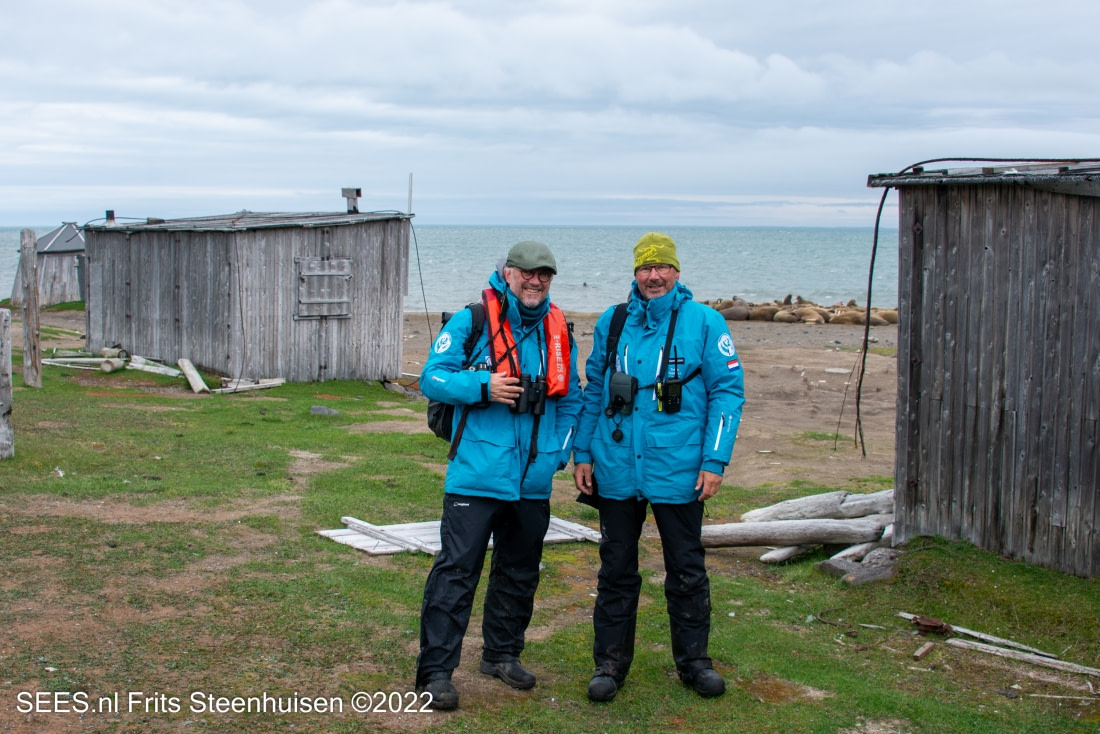
Picture by Frits Steenhuisen
Did that make it hard to conduct research on SEES, since it was not predominantly tourists but a balance of tourists and scientists?
Yes, that’s not the standard. There were many more hardworking nature and climate advocates on board the SEES voyage than would typically join a polar cruise, since so many of us who went dedicate our professional lives to nature study and conservation. That said, people who go on polar cruises do tend to be more open to the science or even well informed about it.
How did you conduct your research on SEES?
For my personal project about the collaboration between tourists and scientists, I did a questionnaire before and after the trip – one among scientists, the other among tourists. I also interviewed people. The second project about polar cruise sustainability I did with Annette Löf and Zdenka Sokolíčková, and we published it in the Polar Journal.
We conducted that part in focus-group format in two sessions. The first was a plenary session that focused on participant motivation to participate in SEES, the experiences they valued, and why. In the second session, we divided into small groups and discussed two related topics: the challenges of competing goals and expectations, and the future of sustainable cruise tourism. This allowed us to focus on different conceptual scales, from the individual to the societal.
Do you get the feeling the results you get impact the future of polar tourism?
In little ways, maybe. We see cruise companies inviting scientists on board or doing beach cleanups, for example. Now, of course, these ideas serve them from a business point of view. But it cannot be argued that they are not helpful from an environmental perspective.
If it is only a marketing angle but it results in something good, who am I to say it’s bad? I think it’s a shame that marketing is needed in order to get people to be more sustainable, but that seems to be the reality sometimes.
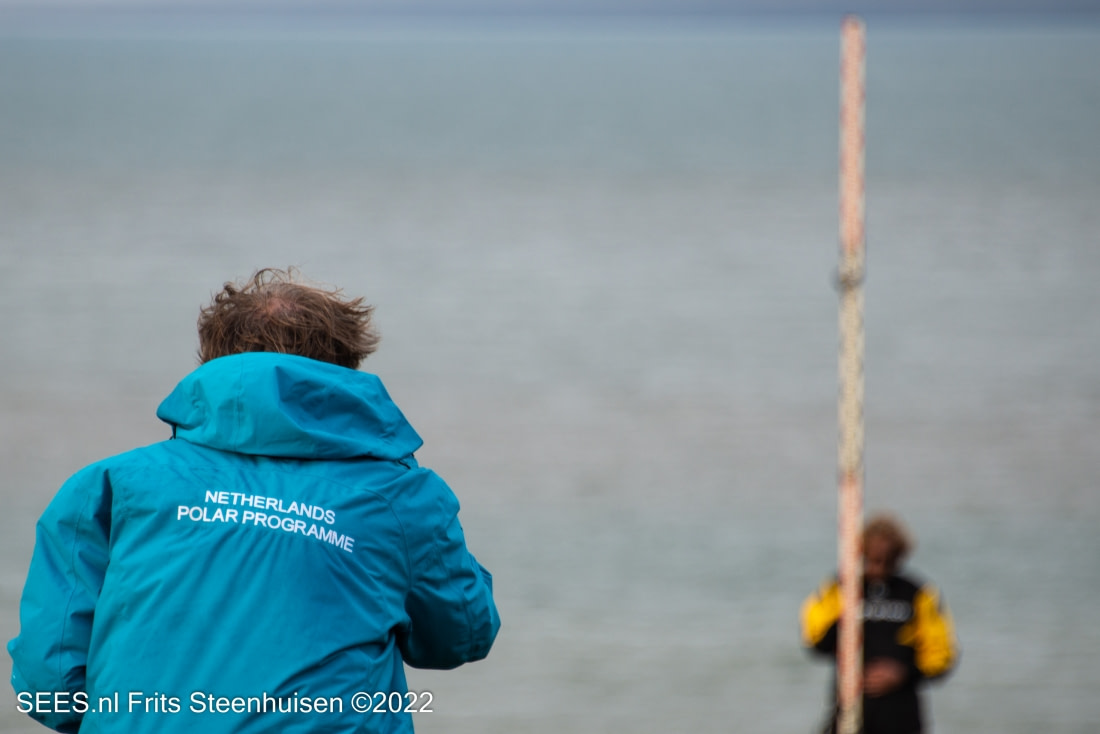
Picture by Frits Steenhuisen
Research like yours at least represents a step forward. What organizations were involved in organizing and funding the expedition?
It was organized through the Arctic Centre at the University of Groningen. They put together the scientific part and teamed up with Oceanwide through Ko de Korte. The Dutch Research Council funded the berths, but scientists themselves were responsible for other costs.
More than seventy scientists from different universities and organizations applied, and I was one of the lucky 35 who were selected. So I helped represent Wageningen, but there were many people from other Dutch universities and from Norway and Sweden. It was a great collaboration of researchers and tourists.
We know why we should help conserve the polar regions for collective reasons, but what personally do you love about these areas that inspires you to work for them?
I love the remoteness, how small you feel as a human when you are in those areas. Svalbard is different than Antarctica, but in both areas I always feel so humble. I’ve never had that feeling in any of the other places I have worked or visited.
It’s so inhospitable in the polar regions, particularly in Antarctica. It’s really like you are on a different planet. It makes you humble. It shows simultaneously how insignificant we are and also how much power we have to mess things up by not caring about them. You see places in the polar regions that don’t seem possible to destroy, but it is possible. We’re doing it.
I really want people to be able to see these places. I think it does good if it can be done well. The question is still unanswered for me. It’s a conversation we need to keep having.
Main image by Annette Löf
